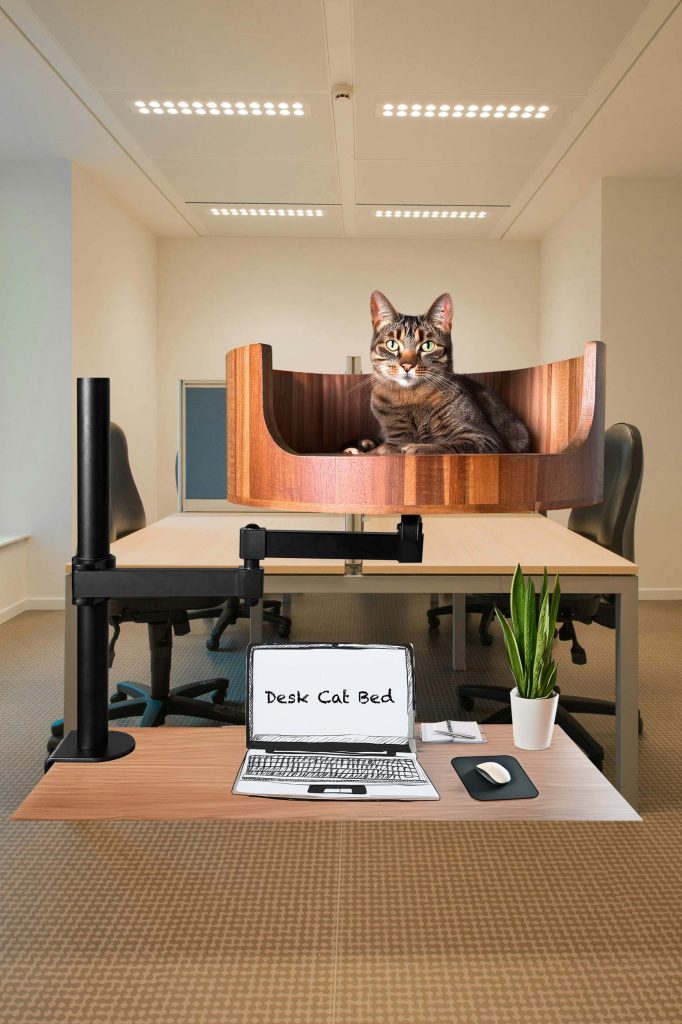Tail Wag Cat: Understanding Feline Body Language
Cats are mysterious creatures with complex ways of communicating their thoughts and feelings. One of the most intriguing aspects of feline body language is the tail wag. While dogs are often associated with wagging their tails to express emotions, cats also use this behavior to signal various messages. Understanding the meaning behind a cat’s tail wag is key to decoding their unique language and forming a deeper bond with your furry friend.
In this article, we will delve into the fascinating world of feline body language, focusing on the tail wag as a primary form of communication. We will explore the different types of tail wags and what they signify, from playful excitement to warning signs of aggression. By learning to interpret your cat’s tail movements, you can better understand their mood and respond accordingly, creating a harmonious relationship built on trust and mutual understanding. So, grab a cup of tea, cozy up with your favorite feline companion, and let’s unravel the mystery of the tail wag cat together.
1. Cats have a complex system of body language that includes tail wagging, which can communicate a variety of emotions and intentions.
2. A tail wag in cats is not necessarily equivalent to that in dogs, as it can indicate fear, aggression, or excitement depending on the context.
3. Understanding a cat’s body language, including tail movements, can help pet owners better care for and communicate with their feline companions.
4. Paying attention to other subtle cues like ear position, body posture, and vocalizations can provide further insights into a cat’s emotional state.
5. By observing and interpreting your cat’s body language, you can build a stronger bond and create a harmonious living environment for both human and feline.
Understanding Cat Body Language
Understanding feline body language is crucial for cat owners to communicate effectively with their pets. Cats use a variety of cues to express their emotions, including tail position, ear movements, and vocalizations. Tail wagging in cats can have different meanings based on the context and other accompanying signals. For example, a cat may wag its tail rapidly when it is feeling anxious or agitated, while a slow swish of the tail may indicate curiosity or playfulness.
Interpreting Tail Wagging in Cats
Tail wagging in cats is a complex behavior that can be influenced by various factors. It is essential to consider the overall body language of the cat when interpreting tail movements. For instance, a cat with an arched back and puffed-up tail wagging slowly may be signaling fear or aggression. On the other hand, a cat with a relaxed body posture and a gently swishing tail may be expressing contentment or interest. Observing the context in which the tail wagging occurs can also provide valuable insights into the cat’s emotional state.
Case Studies and Examples
To better understand the nuances of tail wagging in cats, let’s consider a few case studies and examples. In one scenario, a cat may wag its tail vigorously while staring at a bird outside the window, indicating excitement or frustration at not being able to reach the prey. Another example could be a cat wagging its tail while being petted, which may signal overstimulation or discomfort. By observing these real-life situations and understanding the accompanying body language cues, cat owners can develop a deeper understanding of their feline companions.
Tips for Communicating with Your Cat
To improve communication with your cat, pay close attention to its body language cues, including tail wagging. Establishing a strong bond with your cat requires empathy, patience, and a willingness to learn its unique behaviors and preferences. By observing how your cat responds to different stimuli and situations, you can build a stronger rapport and create a harmonious living environment for both of you. Remember that cats communicate primarily through body language, so mastering the art of interpreting their cues is key to fostering a strong and trusting relationship.
Frequently Asked Questions
Can the Desk Cat Nest help with a tail wagging cat?
Yes, the Desk Cat Nest provides a cozy and secure space for your cat to relax in, which can help reduce stress and calm a tail-wagging cat.
Is the Desk Cat Nest suitable for all sizes of cats?
The Desk Cat Nest is designed to accommodate cats of all sizes, from small kittens to large breeds. It provides a spacious and comfortable space for your cat to rest in.
How does the Desk Cat Nest help with tail wagging behavior?
The Desk Cat Nest provides a safe and comfortable space for your cat to retreat to when feeling anxious or overstimulated, which can help reduce tail wagging behavior. It gives your cat a sense of security and privacy.
Can the Desk Cat Nest be easily cleaned?
Yes, the Desk Cat Nest is made with durable and easy-to-clean materials. Simply wipe it down with a damp cloth or vacuum any fur that may accumulate in the nest.
Is the Desk Cat Nest portable?
Yes, the Desk Cat Nest is lightweight and portable, making it easy to move from room to room or take with you when traveling with your cat.
In conclusion, the Desk Cat Bed is a valuable choice for Tail Wag Cat as it provides a comfortable and cozy space for your feline friend to relax and rest. With its unique design that fits perfectly on your desk, it allows your cat to be close to you while still having their own private space. The raised edges also provide a sense of security for your cat, making it the perfect spot for them to curl up and nap. Additionally, the Desk Cat Bed is easy to clean and maintain, ensuring a hygienic environment for your pet. Overall, investing in a Desk Cat Bed is a great way to keep your cat happy and content while enhancing your bond with them.


